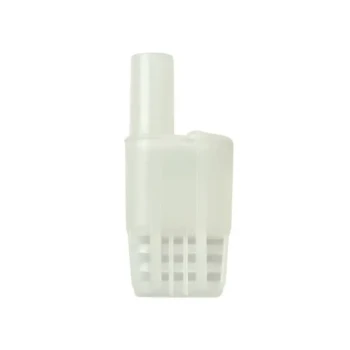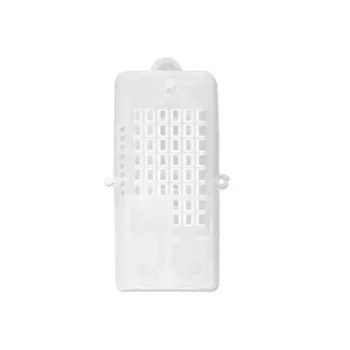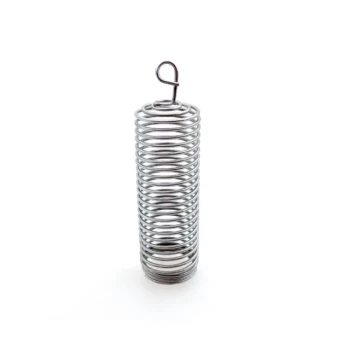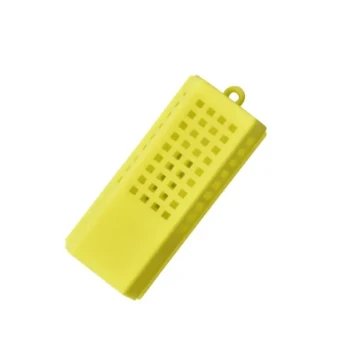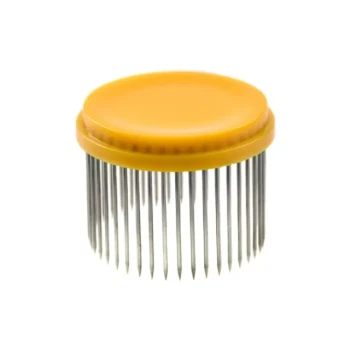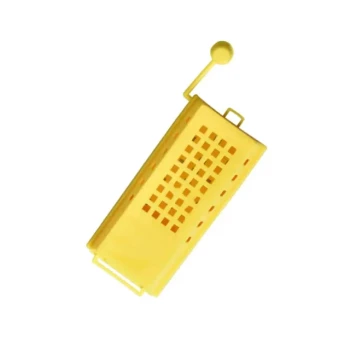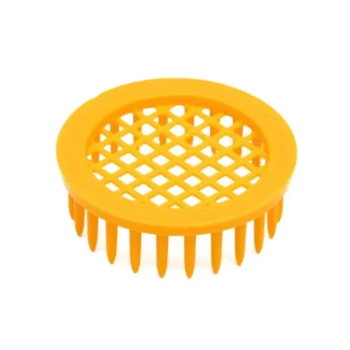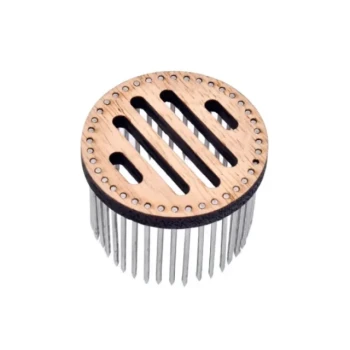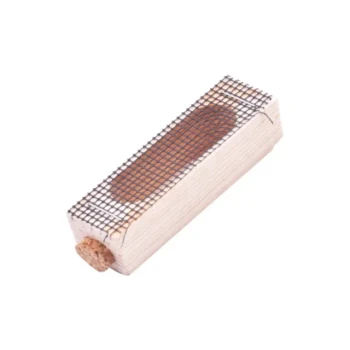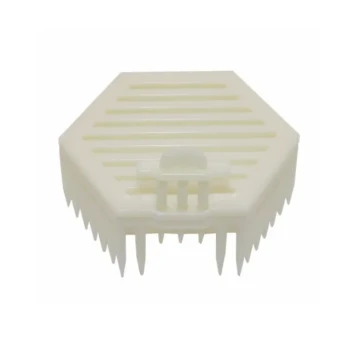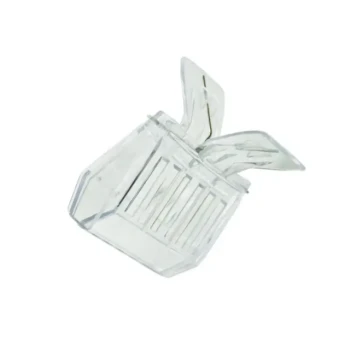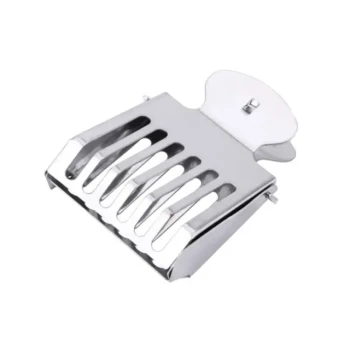The single most reliable indicator of a successfully introduced queen bee is the presence of a consistent, healthy brood pattern. A well-accepted queen will typically begin laying eggs within a few days to a week of being released, placing one egg neatly in the center of the bottom of each cell in a compact area.
Queen introduction is a delicate process where success is not confirmed by a single event, but by observing a sequence of behaviors from both the queen and the worker bees. The ultimate proof is the queen's ability to lay eggs and the hive's willingness to care for her and her brood.
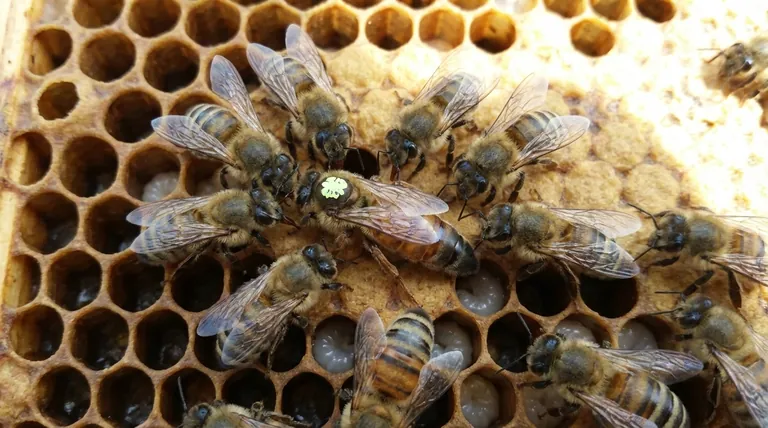
The Timeline of Queen Acceptance
Patience is the most critical tool for a beekeeper during requeening. Disturbing the hive too early or too often can cause the bees to reject a queen they might have otherwise accepted. Follow this timeline for inspection.
The First 24-48 Hours: Observing the Cage
Your first clue to acceptance happens before the queen is even released. Check on the queen cage a day after placing it in the hive.
The worker bees' behavior toward the cage is your key indicator. If they are gently crawling on the screen and attempting to feed the queen through the mesh, this is a very positive sign of curiosity and preliminary acceptance.
Day 3-5: Confirming the Release
After the candy plug has been eaten through and the queen has had a day or two to emerge, you can perform a very brief inspection.
Your only goal is to confirm the queen is out of her cage. Do not search for her extensively. Simply find the empty cage, remove it, and close the hive. Tearing frames apart to find her at this stage is highly disruptive and can be detrimental.
Day 7-10: The Confirmation Inspection
This is the most important inspection. After about one week, the queen should be settled and laying. Now is the time to look for definitive proof of success.
During this inspection, you will carefully and calmly look for the key indicators of a healthy, accepted queen.
Key Indicators of a Successful Introduction
When you perform your confirmation inspection, you are looking for a combination of these positive signs.
A Consistent Brood Pattern
This is the ultimate proof. A healthy, accepted queen will create a patch of brood with one egg per cell. The eggs will be standing upright in the center of the cell base. As you look across the frame, you should see a solid, concentrated pattern of eggs, not scattered or random placements.
Calm Worker Behavior
Observe the hive's overall temperament. A hive that has accepted its new queen will generally be calm and go about its business. If the bees seem unusually agitated or aggressive, it can be a sign of stress or rejection.
On the frame where the queen is located, the workers should be moving around her calmly.
The Queen's Attendants (Her Retinue)
A well-accepted queen will almost always be surrounded by a small circle of attendant worker bees. These bees will be facing her, grooming her, and feeding her via trophallaxis (mouth-to-mouth feeding). This retinue is a classic, undeniable sign of acceptance and reverence.
Understanding the Red Flags (Potential Failure)
It is just as important to recognize the signs of a failed introduction so you can take corrective action.
No Eggs After 10-14 Days
If a full week and a half to two weeks have passed since her release and you find absolutely no eggs, the introduction has likely failed. The queen may have been killed, she may have absconded, or she could be a non-laying "dud" queen.
Aggressive "Balling" Behavior
"Balling" is an act of assassination by the worker bees. You will see a tight ball of bees surrounding the queen, pulling at her legs and wings and vibrating their bodies to overheat and kill her. If you see this, the introduction has failed catastrophically.
Presence of New Queen Cells
If you find that the workers have started building new queen cells (either swarm cells on the bottom of a frame or supersedure cells on the face of a frame), they have rejected your new queen. Their intention is to raise their own replacement, which is a definitive sign of failure.
A Spotty or Erratic Laying Pattern
Sometimes a queen is accepted but is of poor quality. Signs include multiple eggs laid in a single cell, eggs laid on the side walls of cells, or a brood pattern with many empty cells scattered throughout ("shotgun brood"). This indicates the queen is failing and will need to be replaced.
Making the Right Choice for Your Goal
Your findings during the confirmation inspection will dictate your next steps.
- If you see a solid brood pattern and a calm queen: Your introduction was successful. Close the hive and avoid disturbing it for at least another two weeks to allow her to fully establish her brood nest.
- If you see no eggs but the hive is calm and there are no queen cells: Be patient. The queen may simply need a few more days. Close the hive and check again in 3-4 days before making a final determination.
- If you see new queen cells or a balled queen: The introduction has failed. You must intervene immediately, remove the failed queen if she is still alive, destroy all queen cells, and determine the cause of failure before trying again.
Ultimately, successful requeening is a testament to careful observation and deliberate patience.
Summary Table:
| Positive Sign | What to Look For | Timing |
|---|---|---|
| Consistent Brood Pattern | Solid patch of brood with one egg per cell, standing upright. | Day 7-10 |
| Calm Worker Behavior | Bees are generally calm, not agitated or aggressive. | Day 7-10 |
| Queen's Retinue | A circle of attendant bees grooming and feeding the queen. | Day 7-10 |
| Gentle Cage Interaction | Workers calmly crawling on the cage and attempting to feed the queen. | First 24-48 hours |
Need reliable equipment for your next successful requeening? HONESTBEE supplies commercial apiaries and beekeeping equipment distributors with high-quality, durable beekeeping supplies through our wholesale-focused operations. Ensure your queens have the best start with our proven equipment. Contact our expert team today to discuss your wholesale needs and how we can support the health of your hives.
Visual Guide
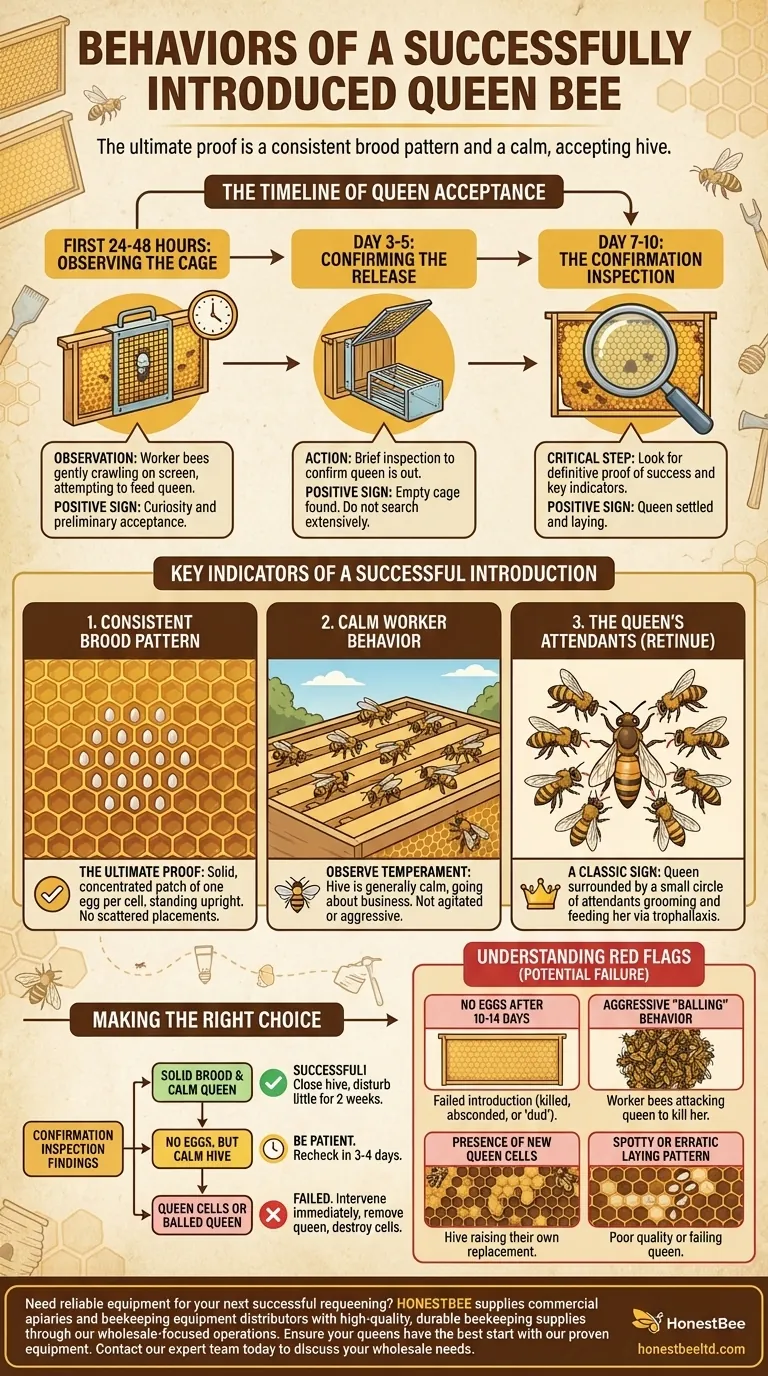
Related Products
- Multi-Function Queen Roller Cage and Catcher
- Professional Multi-Functional Queen Bee Cage
- Durable Galvanized Steel Spring Queen Bee Cage
- Professional Multi-Compartment Queen Cage with Sliding Lid
- Wood and Mesh Push-In Queen Cage
People Also Ask
- What items are needed to place the queen bee's cage in the hive? A Guide to Successful Queen Introduction
- What are the steps for installing a queen using a shipping cage? A Guide to Successful Queen Introduction
- What is sequestration, and how does it help bees reorient? A Safer Guide to Hive Relocation
- What are the components of a standard queen cage? A Guide to Safe Queen Introduction
- What is the procedure for safely removing attendant bees from a queen cage? A Step-by-Step Guide for Beekeepers
